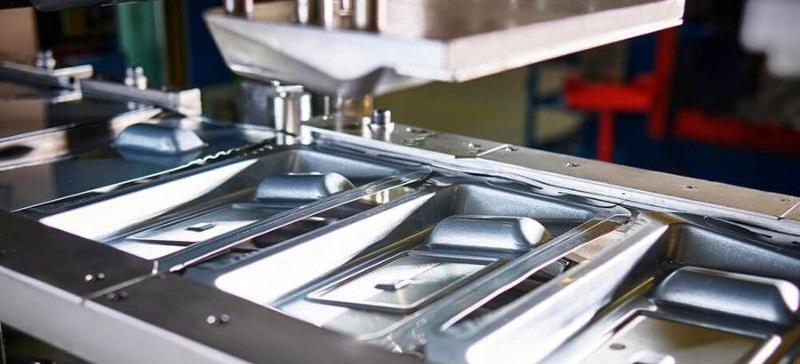Corrosion Resistance, Strength, and Machinability: A Guide to Material Selection for Precision Stamping Products+ View more
Corrosion Resistance, Strength, and Machinability: A Guide to Material Selection for Precision Stamping Products
+ View more
Date:2024-03-04 11:35
In modern industrial production, precision stamping technology is key to manufacturing high-precision metal parts. From the automotive industry to electronic devices to aerospace, precision-stamped products are ubiquitous. However, ensuring the quality and performance of these products is crucially dependent on the selection of the right materials. This article delves into corrosion resistance, strength, and machinability—three critical aspects of material selection—and provides a guide backed by real-world cases.
Material Corrosion Resistance
Definition and Importance
Corrosion resistance refers to a material's ability to withstand degradation caused by environmental factors. This consideration becomes paramount for precision stamped products intended for use in harsh environments, such as acidic, alkaline, or salt spray conditions.
Real-World Case Analysis
For instance, in 2018, a precision stamped component used in the marine fishing industry began exhibiting signs of corrosion. The original material was carbon steel, which, after prolonged exposure to seawater, started rusting. The manufacturer later switched to stainless steel with a special surface treatment, significantly improving the product's corrosion resistance and extending its lifespan.
Material Selection Recommendations
For applications requiring high corrosion resistance, materials like stainless steel, aluminum alloys, or galvanized steel are recommended. For example, grades 304 or 316 stainless steel offer good corrosion resistance properties and are commonly used in food processing and medical industries.
Material Strength
Definition and Importance
Material strength refers to its ability to resist deformation and breakage. High strength is an essential attribute for precision stamped products that bear heavy or impact loads.
Real-World Case Analysis
Taking the aerospace industry as an example, seat structures on certain aircraft models feature precision-stamped titanium alloy components. Titanium alloys boast an excellent strength-to-weight ratio, ensuring the safety load capacity of the seats while reducing overall weight and increasing fuel efficiency.
Material Selection Recommendations
When selecting materials, one should weigh cost against performance based on actual needs. For projects that highly prioritize strength but have limited budgets, high-strength steel or alloy steel could be considered. When cost is not the primary constraint, options may include titanium alloys or advanced composite materials.
Material Machinability
Definition and Importance
Machinability is how easily a material can be shaped and processed during manufacturing. Good machinability means lower production costs and higher manufacturing efficiency.
Real-World Case Analysis
In 2015, a company specializing in miniature electronic connectors chose C17200 beryllium copper alloy because of its excellent electrical conductivity and good machinability. This material not only allowed for easy processing but also provided the required conductive properties and sufficient resilience. The product turned out to be a success in the market, becoming widely used in smartphones and tablets.
Material Selection Recommendations
Machinability is related not only to the physical characteristics of the material but also closely linked to the previously mentioned strength and corrosion resistance. Generally, materials like pure aluminum and low-carbon steel have better machinability, whereas some high-hardness or superalloy materials may require specialized processing techniques and equipment.
Balancing Material Properties
When selecting materials, the three factors mentioned above often influence each other. For example, improving corrosion resistance may come at the expense of some strength or machinability. Engineers must therefore consider all factors comprehensively to make the most suitable choice for their application requirements.
Conclusion
Choosing the right material is essential for the performance of precision stamped products. By thoroughly understanding corrosion resistance, strength, and machinability, and considering specific working conditions and costs, the optimal material can be selected to ensure both the quality of the product and economic efficiency. Each industry and application scenario has its specific material selection standards. By learning and applying these standards, we can achieve more reliable and efficient production processes.
Share to:
Recommend wonderful blog posts

